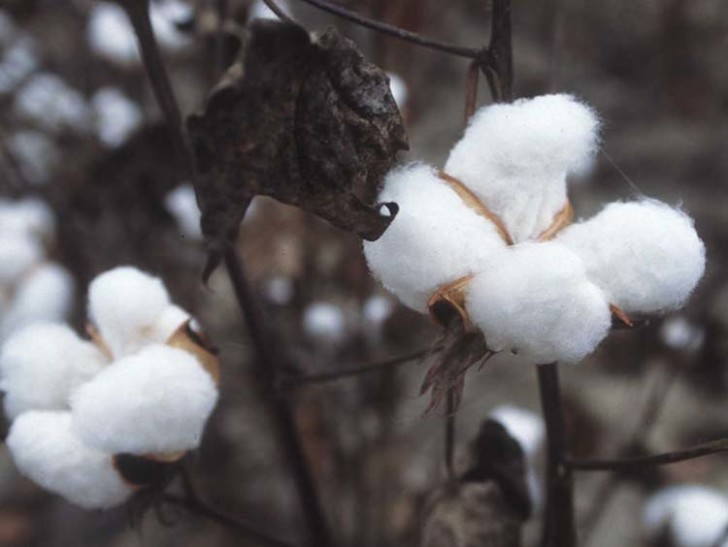Often we get the question of what makes Tanguis cotton superior to other varieties. In a way, we’ve done it a disservice: we realize citing its resistance, feel or dye affinity can be uninspiring considering how often those kinds of claims are made, but especially because the history of Tanguis cotton itself is so effective at explaining the value of the material.
The noble lineage of Peruvian cotton
Cotton cultivation in Peruvian soil can be traced back as much as 6000 years. Records support the notion that aboriginal societies displayed complex weaving techniques that would later surprise colonists, mastered and passed on for millennia—to say the craft cotton has been prevalent in Peruvian culture would be an understatement.
Peruvian cotton in itself is very valuable. The specific climate and soil conditions make Peruvian cotton seeds yield the longest stems in the world, which coupled with perfect balance between resistance and fineness make for some of the best regarded materials in the textile industry.
Yet Tanguis cotton is not exactly natural to Peru the same way Pima (a localized variation of the somewhat common Egyptian cotton that grows in tropical regions around the world) or other native strains are, at least not in the normal sense. Tanguis cotton bears the name of its creator.
Tanguis and the era of White Gold
Fermin Tanguis was a businessman and agriculturalist of Puerto Rican descent with a scientific incline who settled in Peru as a young adult. After a successful career in commerce, he dedicated the second half of his life to maintaining a cotton plantation he established in the southern coasts.
It proved to be a hard task, however, since the beginning of the twentieth century saw an unprecedented plague that decimated cotton cultivations across the country, a widespread fungal contagion colloquially known as Cotton Wilt.
Fueled by his own curiosity and vested interest in seeing the cotton industry flourish, he conducted countless experiments on cotton germination in the span of a decade, cross breeding enduring cotton plants. After many years of failures, his work came to fruition: a strain he generously gifted neighboring plantations that yielded a special kind of cotton very unlike the common Egyptian, boasting much stronger, snow white, uncharacteristically uniform fibers. Most importantly, it was conspicuously immune to the disastrous disease that had crippled the cotton industry for years.
The benefits of the “special” cotton weren’t just limited to its immunity to Cotton Wilt: agriculturalists soon found it could be cultivated in harsher conditions than common strains, with more frequent and bountiful yields, and consequently covered their barren fields with it. The thick, healthy threads became wildly coveted by factories across the globe, and so the variation of cotton engineered by Tanguis, regarded as the “king cotton”, would rejuvenate Peruvian economy by virtue of its main export.
Tanguis cotton brought about a newfound period of prosperity for Peru, the era of White Gold, and set the ceiling for quality in cotton worldwide. It is the key component for NEUSHOP tees: we wouldn’t have it any other way.

